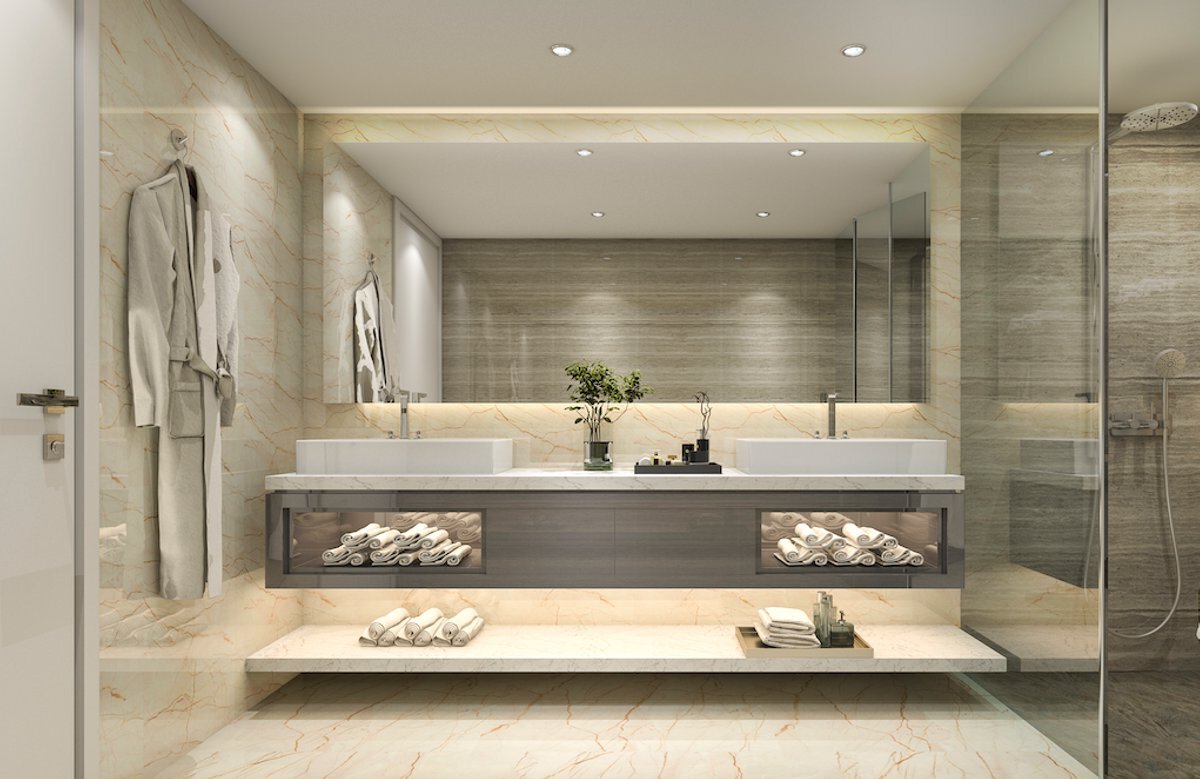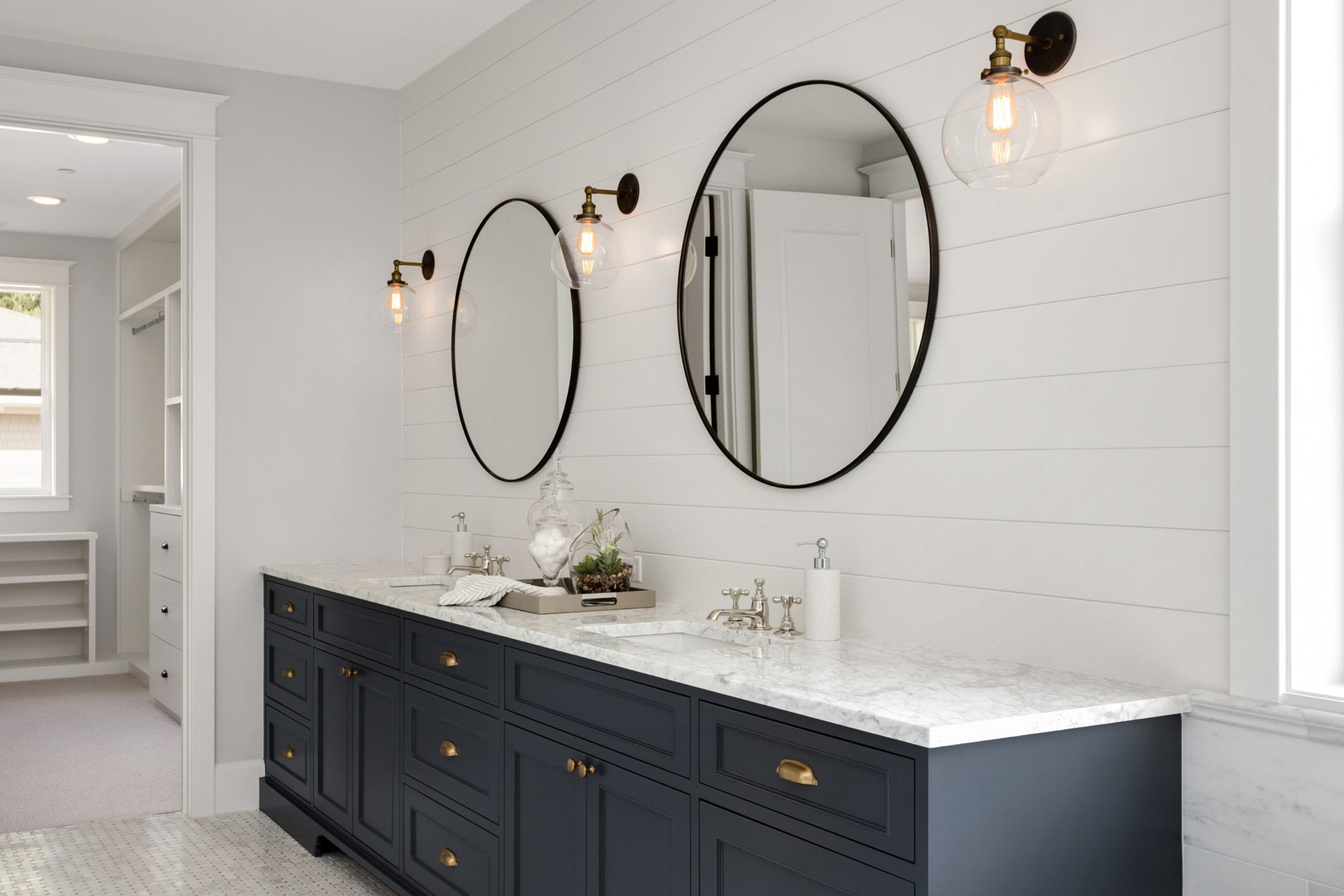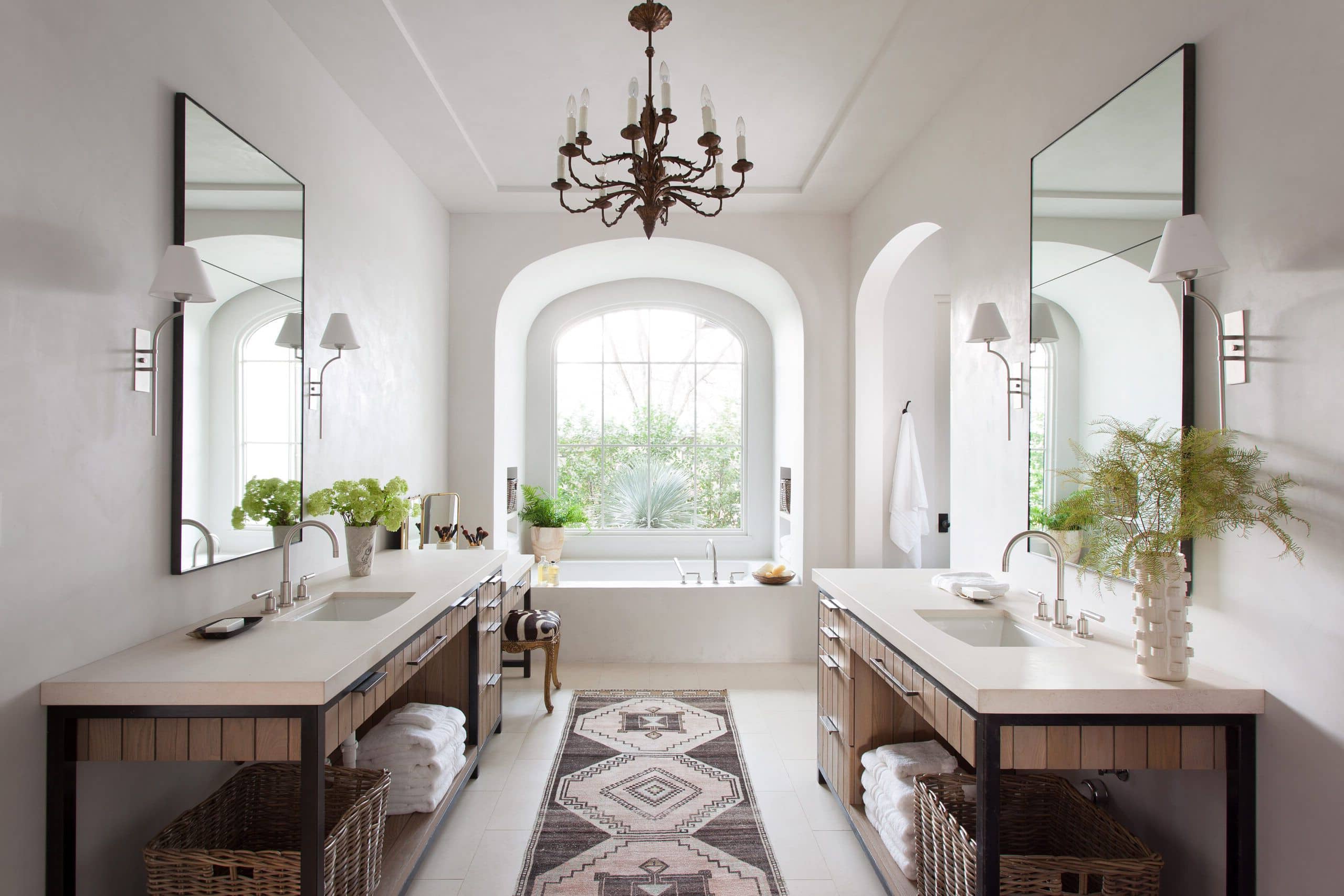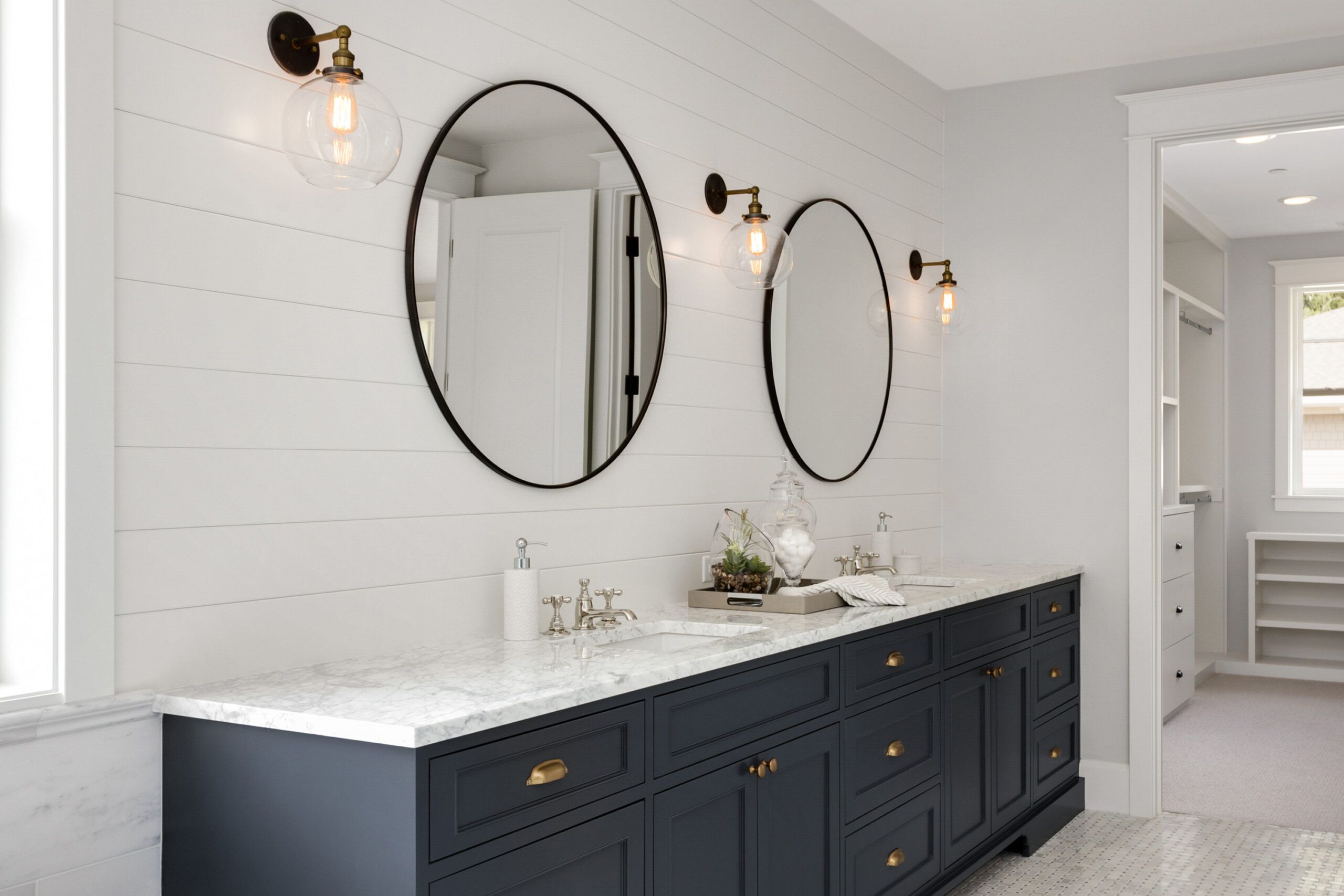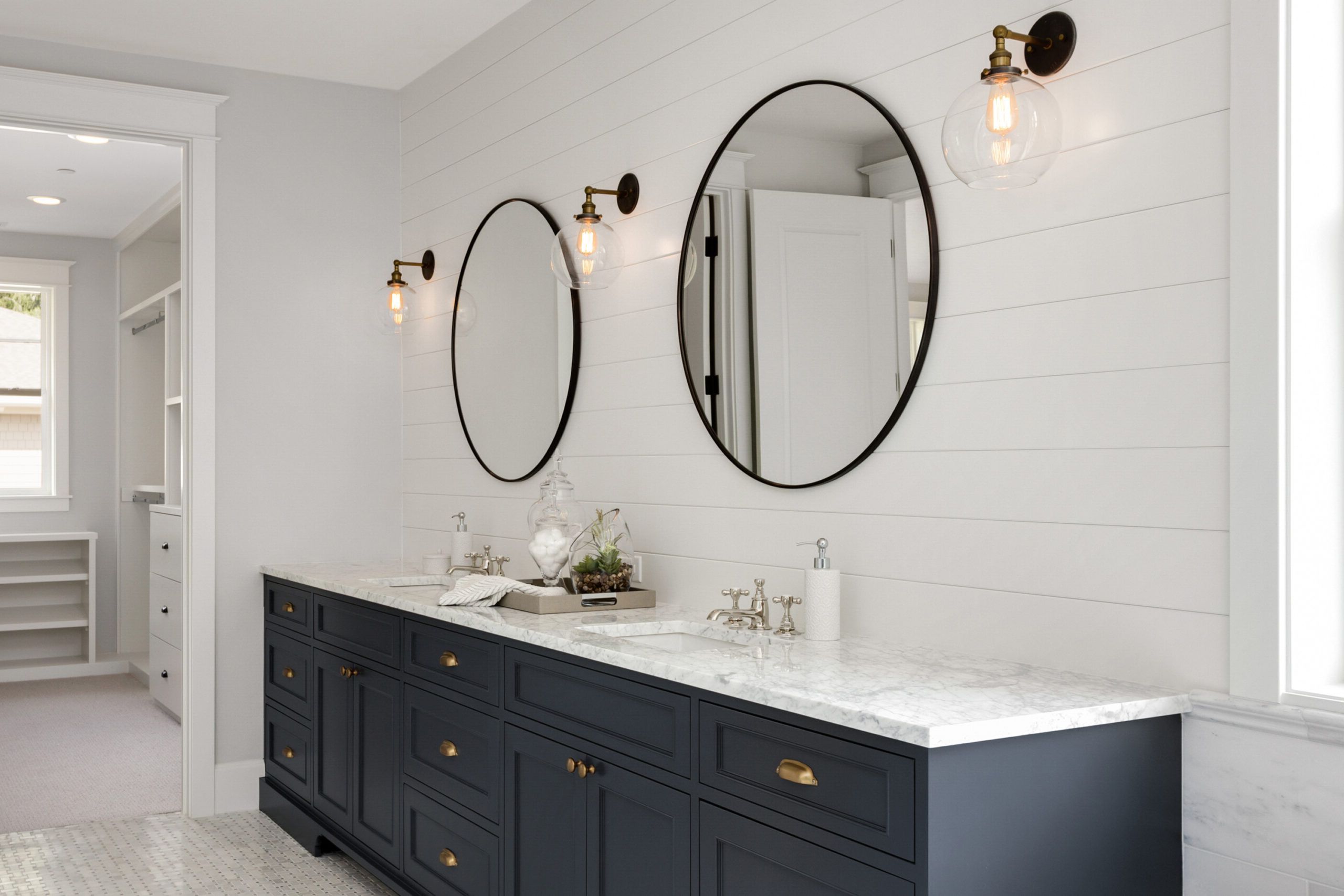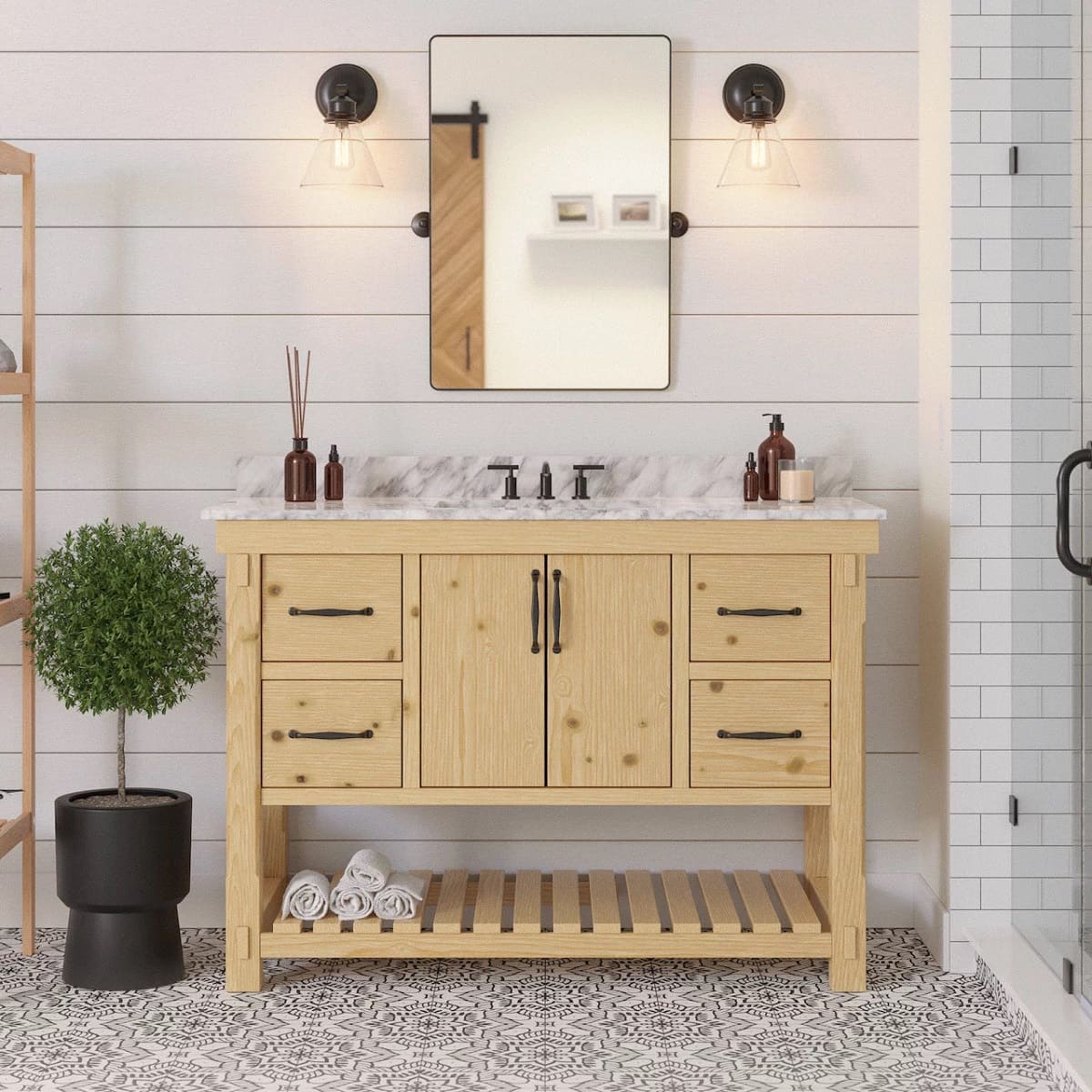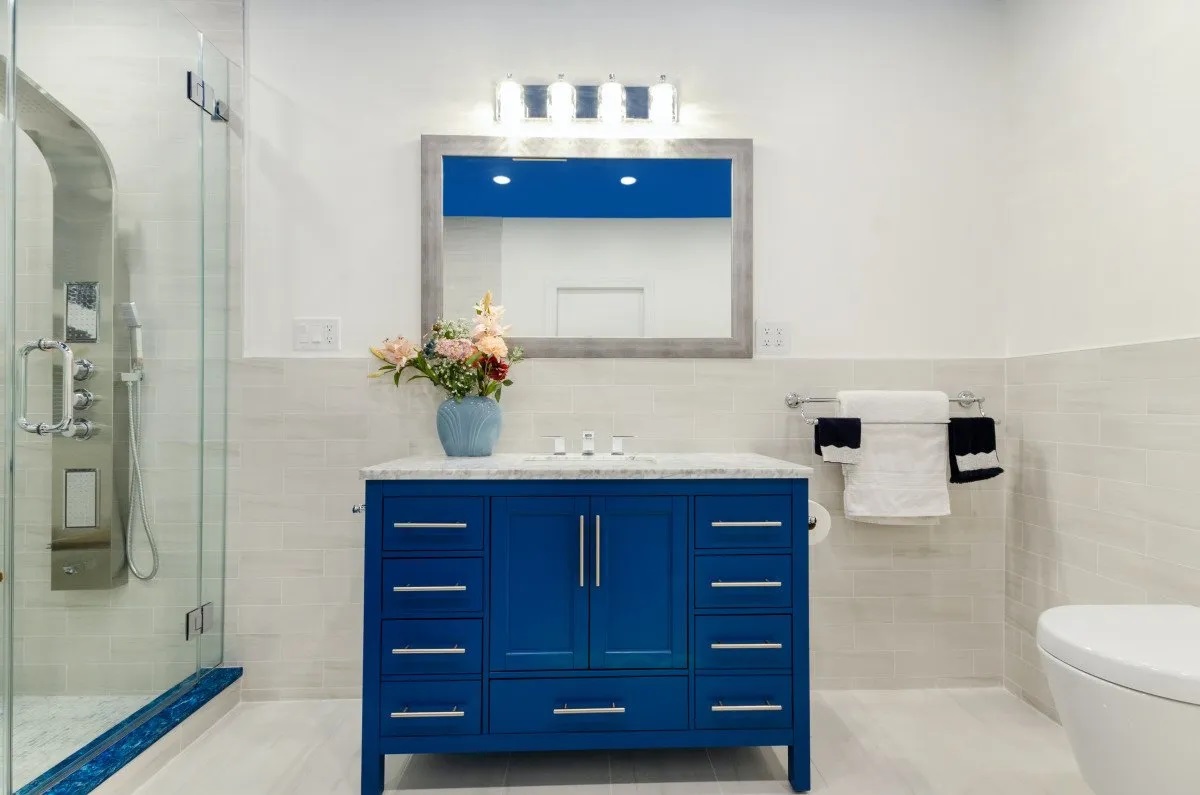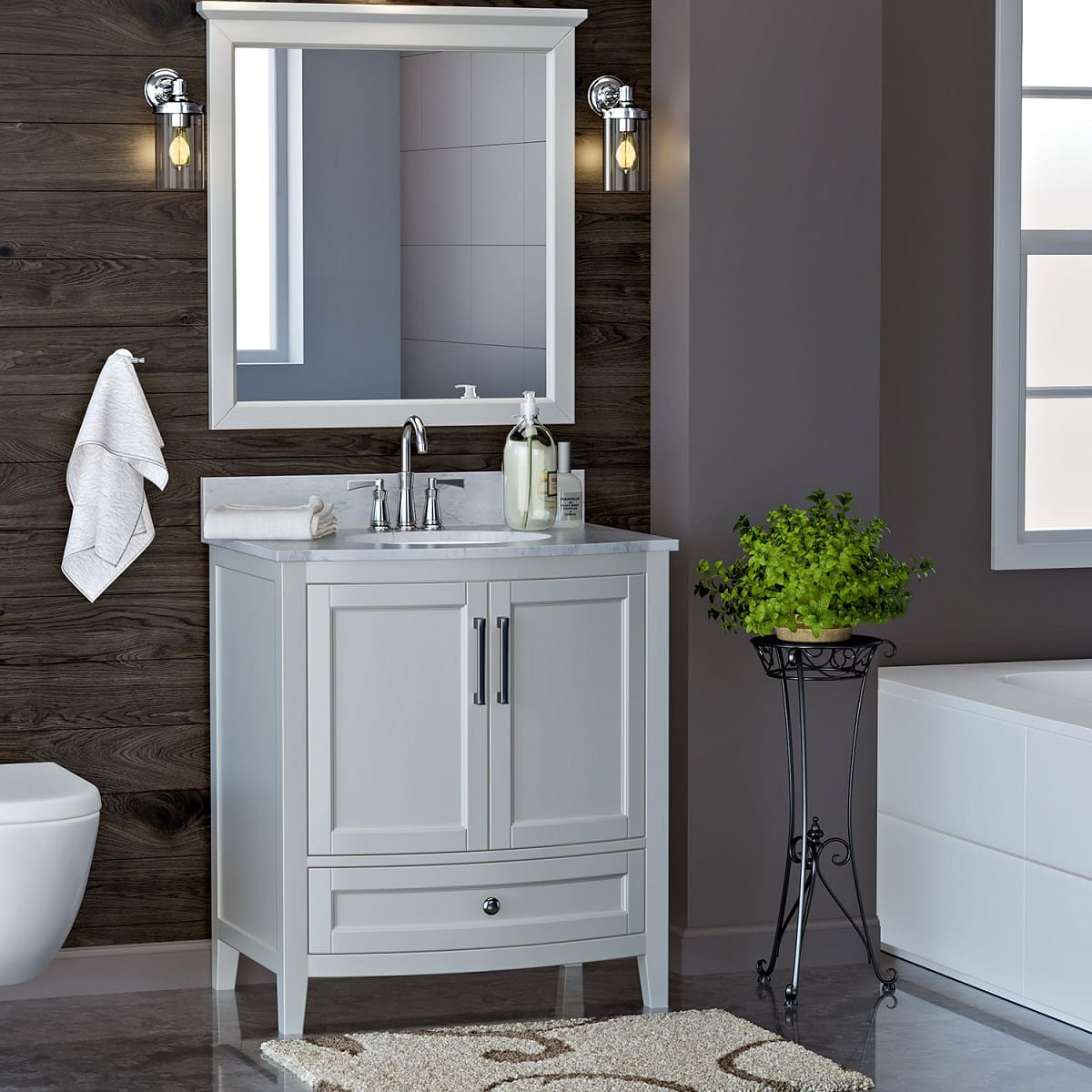Home> Bathroom Lighting
Bathroom Lighting: Illuminate Your Space with Exceptional Brilliance!
Enhance the ambiance of your bathroom with exceptional brilliance! Explore our wide range of bathroom lighting options to illuminate your space beautifully.
How to Choose and Install the Right Bathroom Mirror with a Defogger
By: William Harrison • Ideas and Tips
How To Choose And Install The Right Bathroom Mirror With LED Lighting
By: Alexander Johnson • Ideas and Tips
How To Choose And Install The Right Bathroom Lighting Fixtures
By: Grace Wilson • Ideas and Tips
How To Choose And Install The Right Bathroom Sconce Lighting
By: Noah Bennett • Ideas and Tips
